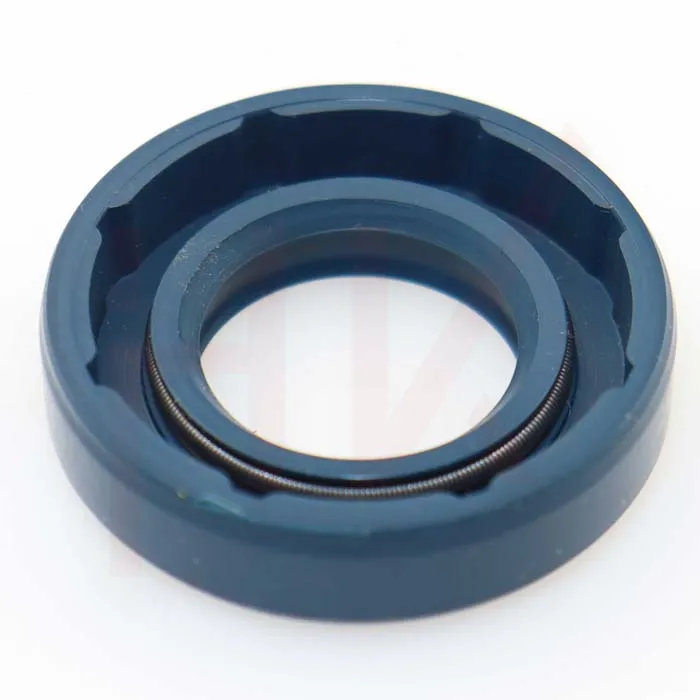Nov. . 29, 2024 11:16 Back to list
Comparison of Dust Seals and Oil Seals for Optimal Equipment Protection
Dust Seal vs Oil Seal Understanding Their Roles in Machinery
In the world of machinery and engineering, seals play a critical role in ensuring the efficient performance and longevity of equipment. Two common types of seals used in various applications are dust seals and oil seals. While they may seem similar in purpose—preventing unwanted substances from entering or exiting a system—each serves a distinct function. Understanding the differences between dust seals and oil seals is crucial for selecting the appropriate type for specific applications.
What is a Dust Seal?
A dust seal, often referred to as a dirt seal, is designed primarily to prevent dust, dirt, and other particulate contaminants from entering mechanical joints or components. These seals are usually made from flexible materials such as rubber or polymer and are commonly found in applications involving bearings, hydraulic cylinders, and any machinery exposed to dusty environments.
Dust seals are particularly important in outdoor equipment, such as construction machinery, agricultural implements, and automotive components. Their primary function is to protect vital machinery parts, ensuring smooth operation by reducing friction and wear. By keeping harmful particles at bay, dust seals help prolong the lifespan of expensive components and reduce maintenance costs.
What is an Oil Seal?
On the other hand, an oil seal, often referred to as a fluid seal, is specifically designed to retain lubricating oils and prevent leakage from machinery. These seals are typically installed around shafts or rotating components and are crucial in applications where lubrication is necessary for performance and efficiency. The oil seal keeps the lubricant in while keeping contaminants like dust and water out.
Oil seals are made from materials that can withstand exposure to oils and other fluids, ensuring a tight fit that prevents leaks. They come in various designs, with some featuring additional components such as springs to maintain pressure against the shaft. This design helps create a barrier that prevents oil from leaking out and contaminants from getting in, which is especially essential in high-speed applications.
Key Differences Between Dust Seals and Oil Seals
dust seal vs oil seal

1. Functionality The primary difference lies in their function. Dust seals focus on preventing particulate matter from entering a system, while oil seals are designed to retain lubricating fluids and prevent leaks.
2. Material Composition Dust seals are typically made from materials more suitable for resisting abrasion from dust and dirt, whereas oil seals are made from materials that can withstand chemical degradation from oils and fluids.
3. Design The design of these seals can differ significantly. Dust seals may feature a simpler design, often being flat or slightly raised, while oil seals may include additional features like springs to maintain contact with the shaft and improve sealing performance.
4. Applications Dust seals are commonly used in applications where machinery is exposed to high levels of dust and dirt, such as in agricultural or construction equipment. Oil seals, in contrast, are found in machinery where lubrication is critical, such as in engines, gearboxes, and hydraulic systems.
Choosing the Right Seal
When selecting between a dust seal and an oil seal, it is essential to consider the environment and the specific needs of the application. If the primary concern is contamination from dust and dirt, a dust seal may be the best choice. Conversely, if there is a need to retain oil or lubricants, an oil seal is necessary.
In some applications, both types of seals may be required to ensure optimal protection and performance. For instance, a hydraulic cylinder may utilize dust seals to prevent dirt ingress while also incorporating oil seals to retain hydraulic fluid.
Conclusion
In conclusion, understanding the differences between dust seals and oil seals is vital for maintaining machinery and ensuring efficient operation. Each type of seal plays a unique role in protecting equipment from contaminants and preserving the integrity of lubricants. By selecting the appropriate seal for specific applications, engineers and technicians can enhance the functionality and longevity of their machinery, reducing downtime and maintenance costs in the long run.
-
The Trans-formative Journey of Wheel Hub Oil Seals
NewsJun.06,2025
-
Graphene-Enhanced Oil Seals: Revolutionizing High-Pressure Oil Sealing
NewsJun.06,2025
-
Future of Hydraulic Sealing: Advanced Intelligent TCN Oil Seals
NewsJun.06,2025
-
Don’t Let a Broken TCV Oil Seal Ruin Your Day
NewsJun.06,2025
-
Bio-Inspired Dust Seals for Better Sealing Performance
NewsJun.06,2025
-
Biodegradable and Sustainable Hydraulic Seal Materials
NewsJun.06,2025
-
Top Oil Seal Solutions for Your Industrial Needs
NewsMay.22,2025
Products categories
















